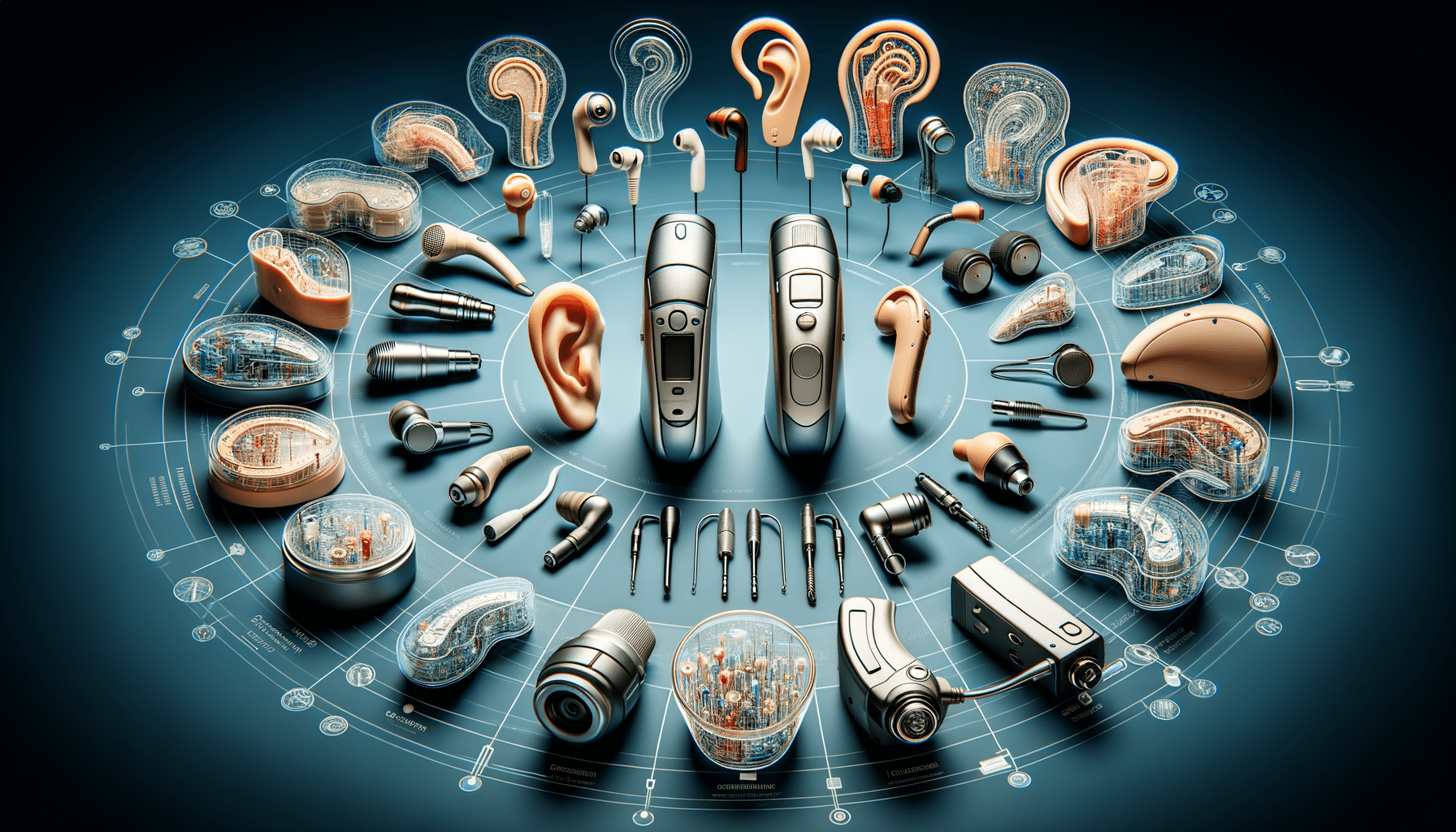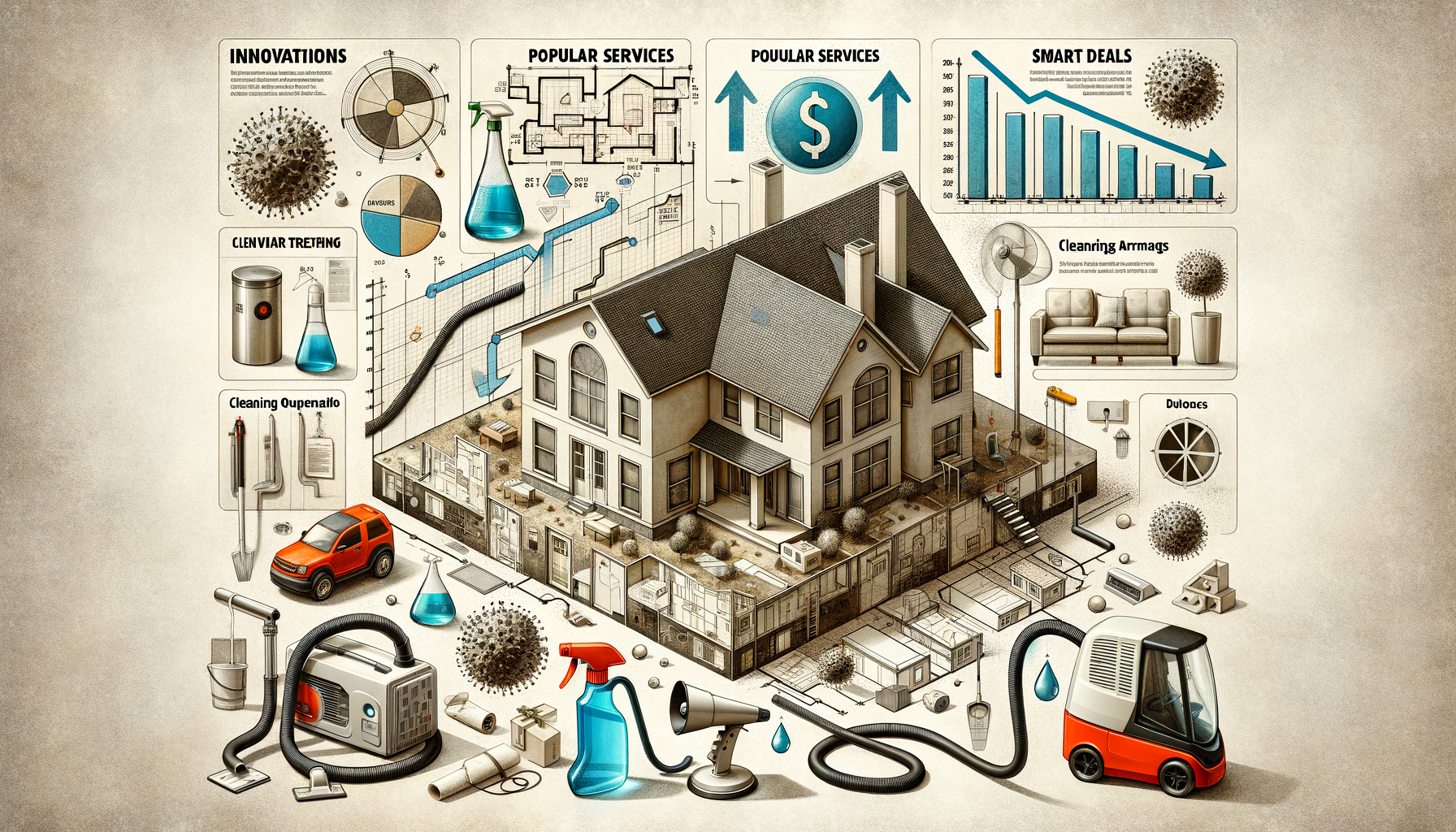
Understanding Hearing Aids: A Comprehensive Guide
Introduction to Hearing Aids
Hearing aids are essential devices for individuals experiencing hearing loss, offering a pathway to improved communication and quality of life. These devices amplify sound, making it easier for users to hear and engage in conversations. With advancements in technology, hearing aids have become more sophisticated, offering various features to cater to different needs. This article aims to explore the various aspects of hearing aids, from their functionality to the latest innovations in the field.
How Hearing Aids Work
Hearing aids are designed to amplify sound, making it easier for individuals with hearing loss to perceive auditory information. They consist of several components, including a microphone, amplifier, and speaker. The microphone picks up sound from the environment, which is then converted into electrical signals. These signals are processed and amplified by the amplifier before being sent to the speaker, which delivers the sound to the ear.
Modern hearing aids come equipped with digital technology, allowing for more precise sound processing. This technology enables features such as noise reduction, feedback cancellation, and directional microphones, which help users focus on specific sounds while minimizing background noise. Additionally, many hearing aids offer connectivity options, allowing users to stream audio directly from their smartphones or other devices.
Understanding the basic functionality of hearing aids is crucial for selecting the right device. Factors such as the degree of hearing loss, lifestyle, and personal preferences play a significant role in determining the most suitable hearing aid for an individual.
Types of Hearing Aids
There are several types of hearing aids available, each catering to different levels of hearing loss and user preferences. The most common types include:
- Behind-the-Ear (BTE): These hearing aids rest behind the ear and are connected to an earmold inside the ear canal. They are suitable for all types of hearing loss and offer various features and connectivity options.
- In-the-Ear (ITE): These devices fit entirely within the outer ear and are custom-made to fit the user’s ear shape. They are typically used for mild to severe hearing loss.
- In-the-Canal (ITC) and Completely-in-Canal (CIC): These smaller devices fit partially or completely in the ear canal, making them less visible. They are suitable for mild to moderate hearing loss.
- Receiver-in-Canal (RIC): Similar to BTE devices, RIC hearing aids have a receiver located in the ear canal, offering a more natural sound experience.
Choosing the right type of hearing aid depends on various factors, including the level of hearing loss, lifestyle needs, and aesthetic preferences. Consulting with an audiologist can help individuals make informed decisions.
Technological Advancements in Hearing Aids
The field of hearing aids has seen significant advancements, enhancing their functionality and user experience. Digital technology has revolutionized hearing aids, providing users with features such as:
- Noise Reduction: Modern hearing aids can distinguish between speech and background noise, allowing users to focus on conversations in noisy environments.
- Feedback Cancellation: This feature helps eliminate the high-pitched whistling sound that can occur when sound is re-amplified by the hearing aid.
- Wireless Connectivity: Many hearing aids now offer Bluetooth connectivity, enabling users to stream audio from their phones, TVs, and other devices directly to their hearing aids.
- Directional Microphones: These microphones focus on sounds coming from specific directions, improving the ability to hear in challenging listening environments.
These technological advancements have made hearing aids more effective and user-friendly, providing individuals with hearing loss a better quality of life.
Conclusion: Enhancing Life with Hearing Aids
Hearing aids play a vital role in improving the lives of individuals with hearing loss, allowing them to communicate more effectively and participate in daily activities. With a variety of types and advanced features available, hearing aids can be tailored to meet individual needs and preferences. As technology continues to evolve, hearing aids will become even more sophisticated, offering enhanced auditory experiences.
For those considering hearing aids, it’s essential to consult with a healthcare professional to determine the most suitable option. By understanding the different types and features of hearing aids, individuals can make informed choices that significantly enhance their quality of life.


